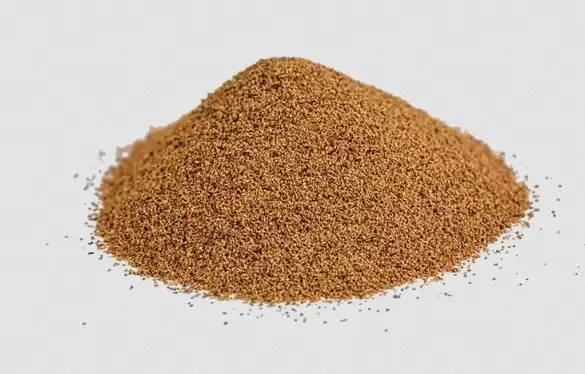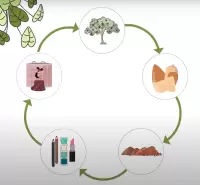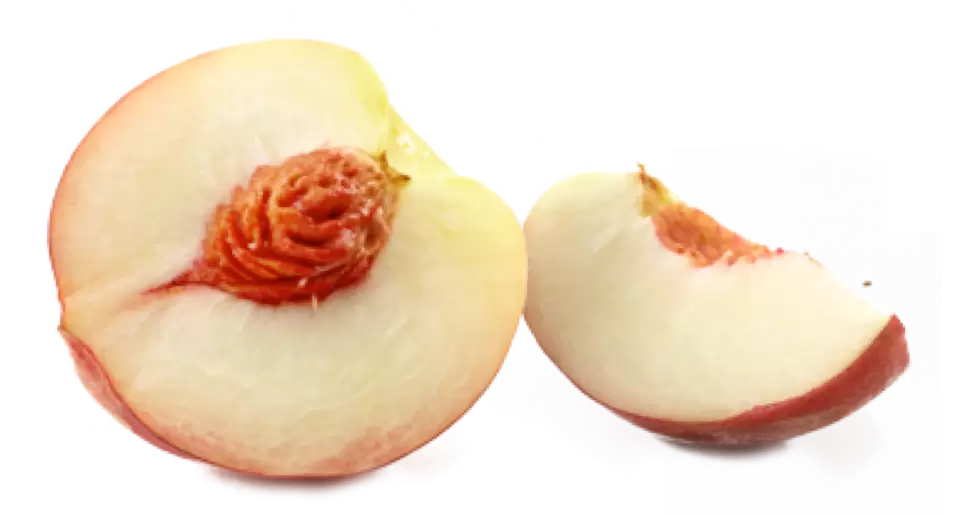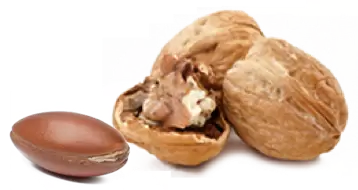This is why, at BioPowder, we have identified product names that provide more clarity. Also, they are meant to create more transparency on the market and explain differences in price and available volumes.
Different qualities exist because of different processing methods of the olive. The resulting stones or pits vary greatly in color, composition, calorific value, density and purity. But what causes such differences, even if olives of the same variety are being processed? Here is a brief overview to shed light on the main aspects of a complex value chain:

Grade AA Olive Stones
Grade AA olive stone (crushed, clean and inodorous): this olive stone originates from the production of extra virgin olive oil. It is obtained through separation from the pressing cake while the latter is still fresh and wet. Therefore, all remainders of pulp and shell can be removed reliably, which ensures the absence of any fermentation. The material is subsequently dried and has a homogeneous light beige color.
Grade A olive stones (crushed): similarly to the superior AA quality, those pits are separated from the solid residue of the extra virgin olive oil extraction. The difference is the time at which the separation occurs. Especially smaller oil mills may not have in-house separating machines and hence the crushed stones remain part of the solid pressing residue (raw olive cake) for a longer time. As a consequence, the olive cake dries, slight fermentation might take place and it becomes harder to clean the olive stone fragments from dusty pulp and shell residues. The result is a slightly darker color and some degree of darker particles. Also, a characteristic odor is very likely to develop after some time of storage.

Crushed Whole Olive Stones
Crushed whole olive stones: this grade is the by-product of stoneless table olives / canned or pickled olives. The whole stone contains the olive seed and a significant percentage of adhering pulp - perishable components with a high oil content. To be suitable for use as a biomass and/or industrial raw material, this pulp and seed needs to be removed. In general terms, drying is the best way to clean the lignocellulosic olive stone of sticking pulp, and subsequent mechanical crushing allows for separation of the seed. The resulting crushed olive stone is similar to the grade A material, and so are its main applications.
Grade B or industrial olive stones: this grade is a crushed olive stone resulting from chemical de-oiling of olive cake. To clarify: most of the pressing cake from extra virgin olive oil mills is used for further extraction of residual oil by means of solvents such as hexane. The olive stones which have not been separated previously also undergo this de-oiling process and are only screened out of the de-oiled pressing cake (olive pomace) afterwards. Due to the chemical extraction process, grade B olive pits have a lower calorific value, a higher ash content and a darker color than the remaining qualities.
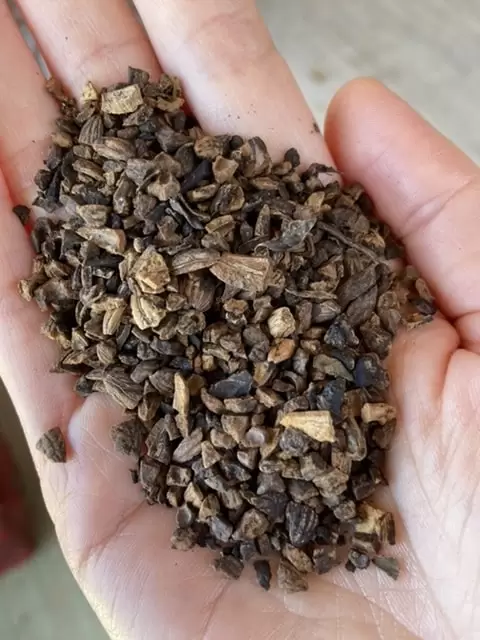
Grade B Olive Stones
Little official data is available about the available volumes of each grade. Olive value chains differ across countries, e.g. Spain has always placed a strong focus on extra-virgin olive oil while the Egyptian market is dominated by de-stoned olives. Also, the size and technological level of olive oil mills determine the predominant olive pit quality. Especially in the North African region, grade AA hardly exists because the fresh olive cake is either stored at centralized processing outlets or de-oiled directly. This consequently favors a higher output of A- or B-grade stones. In Spain, on the other hand, even smaller oil mills have invested in technology to separate the crushed olive pits as part of the extra virgin oil production, which is the only way to obtain grade AA.
So what are the pros and cons, or rather the unique properties of the different olive stone grades? In summary, it can be said that the cleaner (and hence lighter in color) and the more homogeneous, the higher the value.
Traditionally, olive pits have been a sought-after biofuel for industrial and domestic biomass boilers and burners. Combustion technology generally runs more smoothly with biomasses of certain physical and chemical parameters: low residual moisture, low ash content, high calorific value. This is why the demand for the A grades is higher among users of smaller-scale biomass burners, especially those functioning under EU warranty.
Larger industrial boilers often burn a mix of different solid biofuels and/or co-fire with coal. Hence, they can work with more flexible parameters and less standardized biomasses, which has created a demand for the B grade.
Most remarkably, the use of olive pits has moved far beyond combustion. What has once been a rather inexpensive commodity has now become a specialty raw material for a variety of applications. Micronized powders and particles - the product range of BioPowder - is just one example, albeit a very prominent one.
At BioPowder, 100% of our micronized powders and granules are made from the AA grade of olive stones. The absence of dust or any perishable pulp or shell rests ensures our olive stone powders to be totally odorless, neutral in taste and light beige. For cosmetic or food/feed applications, we can safely confirm a shelf life of 2 years.
Please feel free to contact us for further information about olive stones and possible applications.
